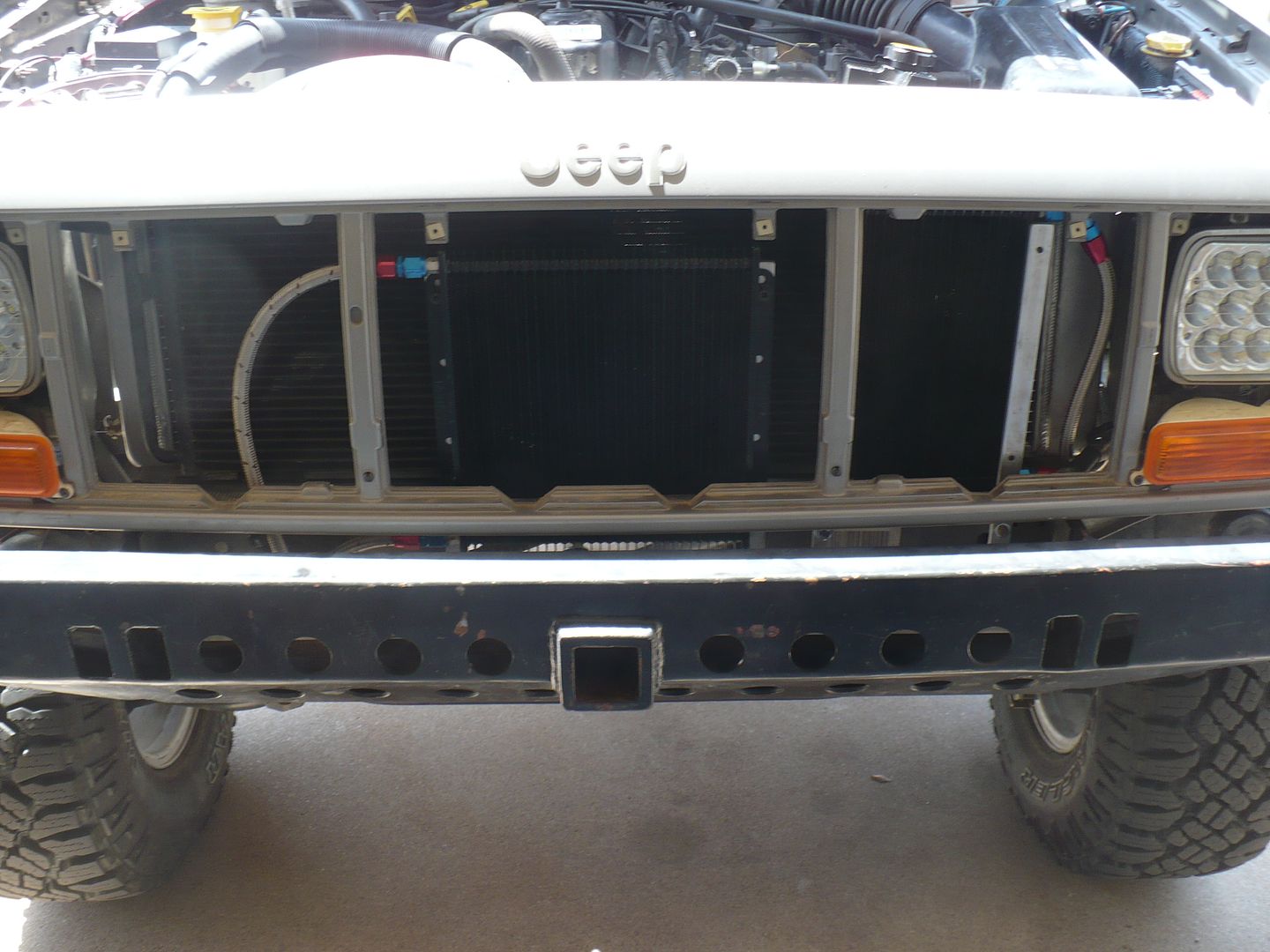4x4JeePmaNthINg
NAXJA Forum User
- Location
- Colorado
Hi all,
I am looking for some experienced response on those that know about transmission coolers. I have read a lot of reviews on many suggested coolers and the usual b/m, hayden coolers look like where ill be sourcing one from. Stacked plate coolers seem to cost about twice that of plate and fin, so I'm trying to understand how much cooler am I really needing to buy.
My stock cooler is not leaking, I would just like to keep everything as cool as possible. These days my 4x4 journeys are many road hours followed by many hours on Remote trails in 4low, usually without stopping until setting up camp so there is a good 12hrs of driving often had before setting up camp.
With that said Ide like to hear your thoughts on the stacked plate vs plate and fin designs and weather or not springing for a more expensive cooler will really perform much better than plate and fins. So far I have only read that stacked plate are more efficient and may flow a little better, but what if you run a bigger plate & fin cooler, then there is more surface area to cool???
Has anyone run both and preferred either?
Can anyone say if these would be a significant upgrade over the factory towing cooler?
Thank you in advance for any advice, Ide like to make this upgrade only once.
I am looking for some experienced response on those that know about transmission coolers. I have read a lot of reviews on many suggested coolers and the usual b/m, hayden coolers look like where ill be sourcing one from. Stacked plate coolers seem to cost about twice that of plate and fin, so I'm trying to understand how much cooler am I really needing to buy.
My stock cooler is not leaking, I would just like to keep everything as cool as possible. These days my 4x4 journeys are many road hours followed by many hours on Remote trails in 4low, usually without stopping until setting up camp so there is a good 12hrs of driving often had before setting up camp.
With that said Ide like to hear your thoughts on the stacked plate vs plate and fin designs and weather or not springing for a more expensive cooler will really perform much better than plate and fins. So far I have only read that stacked plate are more efficient and may flow a little better, but what if you run a bigger plate & fin cooler, then there is more surface area to cool???
Has anyone run both and preferred either?
Can anyone say if these would be a significant upgrade over the factory towing cooler?
Thank you in advance for any advice, Ide like to make this upgrade only once.

